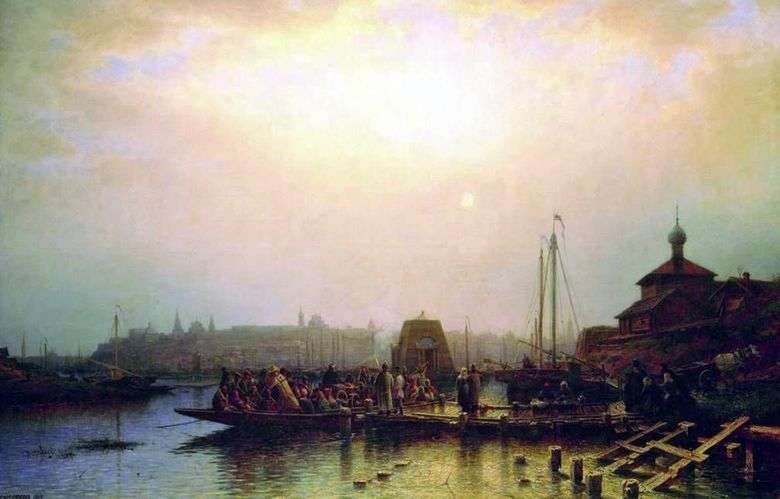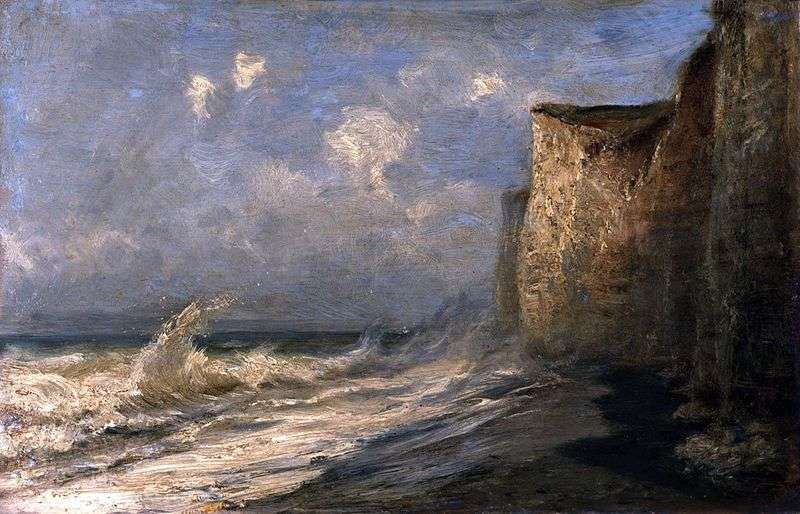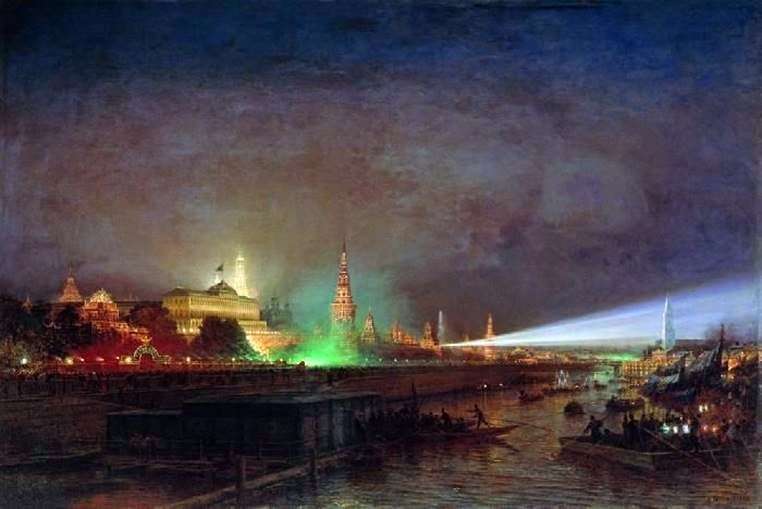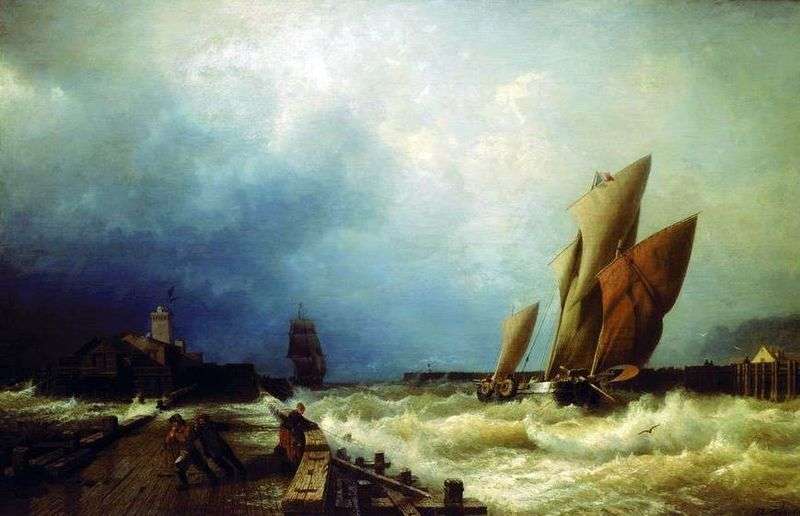
At the Permanent Exhibition of Russian Artists in St. Petersburg in 1862, Alexei Petrovich Bogolyubov’s painting “Kazan” was given much attention. On the history of the creation of this canvas the artist told in his memoirs “Notes of a sailor-artist.” “In Moscow we decided to accept an invitation from Boris Glazenap, the director of the steamship company along the Volga, an old naval acquaintance, to sail along the Volga from Tver to Astrakhan in the spring to compile a guide.
My brother took a literary and descriptive part, and I – an illustration. They pronounced themselves the right to take their wives with them, and in the middle of May they sailed and could even sing “Down Mother” along the Volga, for the journey was interesting, and even more so for me, who had lived so much abroad abroad without having concepts of his fatherland. Since I was chatting to everyone about this trip, the message reached Vasily Alexandrovich Kokorev, who invited me to his place in his house in Ertelev Lane and asked me to write him Nizhny Novgorod first with the fair, Kazan and Yaroslavl, proposing for each a picture of 3 thousand rubles. “
In the picture of Bogolyubov imprinted the river Kazanka, blue walls of the city with bell towers and towers, an original temple-monument on the island, combining the motifs of Ancient Egypt and antiquity. Today, this monument to the fallen soldiers in the capture of Kazan on October 2, 1552, along with the tower Syuyumbike and the Spassky Tower is an architectural symbol of Kazan. The monument was placed on the mass grave of soldiers who died during the assault on Kazan. Originally on this site was the Assumption Monastery, but because of spring floods it had to be transferred to the high neighboring mountain Zilan-tau. On the site of the grave a chapel was erected, where monks of the Zilantov monastery served.
After the victory over Napoleon in 1812, the abbot of the monastery Archimandrite Ambrose organized the collection of funds for the construction of a worthy monument and introduced the emperor to the emperor the Pillar project. Alexander I liked the idea, he instructed the capital’s architect NF Alferov to draw up a project worthy of an event, and paid ten thousand rubles from himself and the family. More than one hundred thousand rubles were collected by subscription throughout Russia. June 23, 1823 Archbishop Ambrose solemnly consecrated the temple-monument.
Inside were the Church of the Holy Face, under the floor – a crypt with the remains of fallen soldiers. The church crowned was not an ordinary cross, but an image of the military order – a soldier’s George cross. By 1830 the monument began to collapse. Architect PG Pyatnitsky reconstructed it, changing the appearance. The picture “Kazan” was later bought by Alexander Tsesarevich, future Alexander III, in his personal collection of which more than 50 works of Bogolyubov were kept. In general, the Romanov family owned about 70 of his works, not counting 30 battle historical paintings ordered for the Military Gallery of the Winter Palace.
 Kazan – Alexey Bogolyubov
Kazan – Alexey Bogolyubov Kazan – Alexey Bogolyubov
Kazan – Alexey Bogolyubov Vika Coast by Alexey Bogolyubov
Vika Coast by Alexey Bogolyubov Etretat. Low tide (France) by Alexey Bogolyubov
Etretat. Low tide (France) by Alexey Bogolyubov Illumination of the Kremlin by Alexey Bogolyubov
Illumination of the Kremlin by Alexey Bogolyubov The Reval Battle on May 2, 1790 by Alexey Bogolyubov
The Reval Battle on May 2, 1790 by Alexey Bogolyubov The entry of a fishing vessel into a storm in the harbor of Saint-Valery in Ko-Alexey Bogolyubov
The entry of a fishing vessel into a storm in the harbor of Saint-Valery in Ko-Alexey Bogolyubov Our Lady of Kazan
Our Lady of Kazan